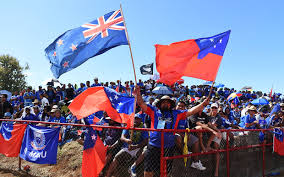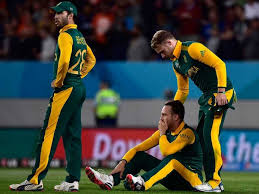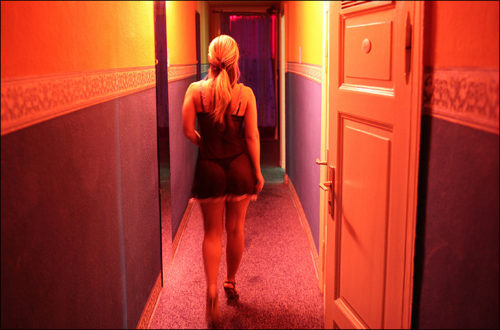
Many people, especially foreigners, tend to blithely assume that Maoris are more or less the same as Pacific Islanders, and could perhaps be placed in the same demographic category. Leaving aside the fact that both Maoris and Pacific Islanders would mostly object to this, there are statistical differences between the two groups that make them distinct.
The most notable thing about the Pacific Islander population is their love of the Labour Party. The correlation between being a Pacific Islander and voting Labour in 2014 was a very strong 0.78. For the most part, this simply reflects the degree to which Pacific Islanders in New Zealand tend to be working class.
The correlation between being a Pacific Islander and median personal income was -0.29, which is enough to suggest that the majority of them have an interest in voting for a left of centre party. There is also the correlation of 0.50 between being a Pacific Islander and working in the transport, postal and warehousing industries.
Predictably, then, there is a negative correlation between being a Pacific Islander and voting National, and this was -0.46. It’s worth noting that the Maori antipathy towards National was as strong as the Pacific Islander love of Labour, whereas the Maori love of Labour and Pacific Islander antipathy towards National were not as strong.
Perhaps reflecting the significant correlation between being a Pacific Islander and being born overseas (0.38), there is no significant correlation between being a Pacific Islander and voting New Zealand First in 2014 – this was -0.08.
Some believe that the Greens, in so far as they are a leftist party, get votes from socially disadvantaged people, but Pacific Islanders don’t see much in Green Party rhetoric to attract them. The correlation between being a Pacific Islander and voting Greens in 2014 was -0.27. Given that Pacific Islanders are not as socially disadvantaged as Maori, they might be the obvious next propaganda target for the Greens.
The votes for other parties reflected the dominance of Labour in the political minds of Pacific Islanders. They did not at all follow Maoris into voting for Internet MANA or the Maori Party – the correlation between being a Pacific Islander and voting Internet MANA in 2014 was 0.07, and for voting Maori Party in 2014 it was 0.01.
Neither were Pacific Islanders particularly interested in the far right of the spectrum. The correlation between being a Pacific Islander and voting ACT in 2014 was 0.06, which was not significant, and even this probably reflects the fact that ACT voters and Pacific Islanders both mostly live in Auckland more than it reflects any genuine ACT support among them.
Given the preponderance of religion and religious fundamentalism among Pacific Islanders in New Zealand, some might be surprised that the correlation between being a Pacific Islander and voting Conservative in 2014 was a significantly negative -0.29. However, the bulk of the Conservative Party vote was from the Anglican-Presbytarian-Baptist-Brethren axis and Pacific Islanders seldom belong to these movements.
Probably the largest difference in terms of magnitude for any one political party was with the Aotearoa Legalise Cannabis Party, voting for which in 2014 had a correlation of -0.10 with being a Pacific Islander, in contrast with 0.89 with being Maori. Possibly reflecting the Christian fundamentalist influence still, Pacific Islanders are vastly different to Maori when it comes to attitudes towards cannabis.
*
This article is an excerpt from Understanding New Zealand, by Dan McGlashan, published by VJM Publishing in the winter of 2017.



